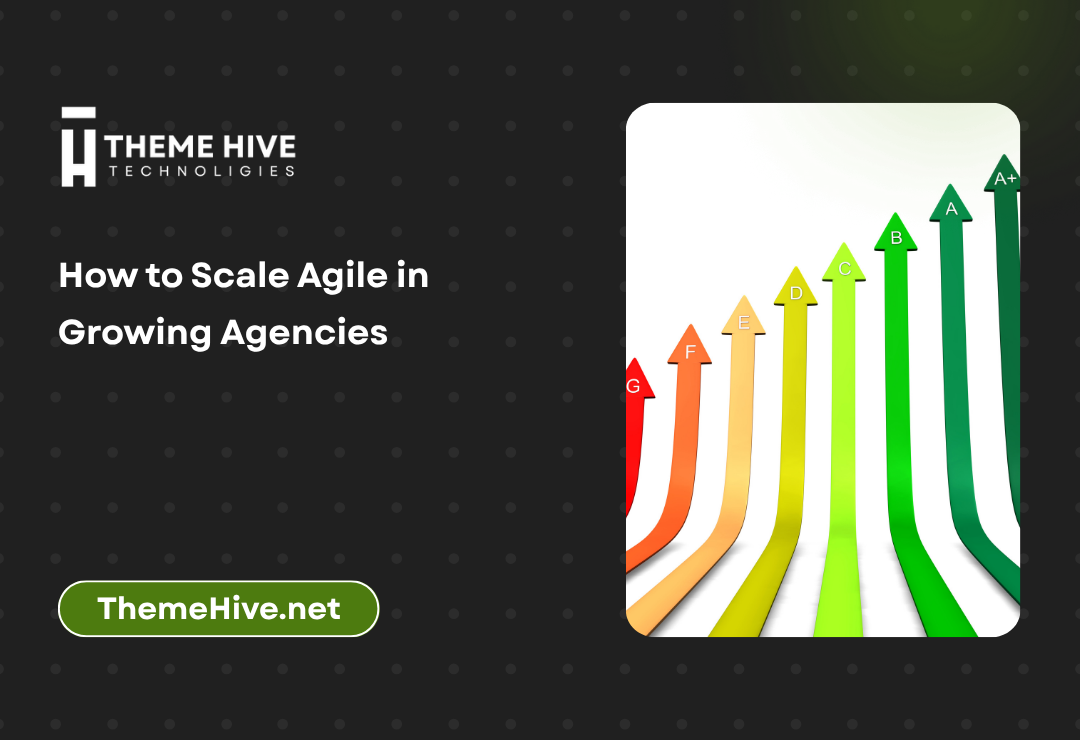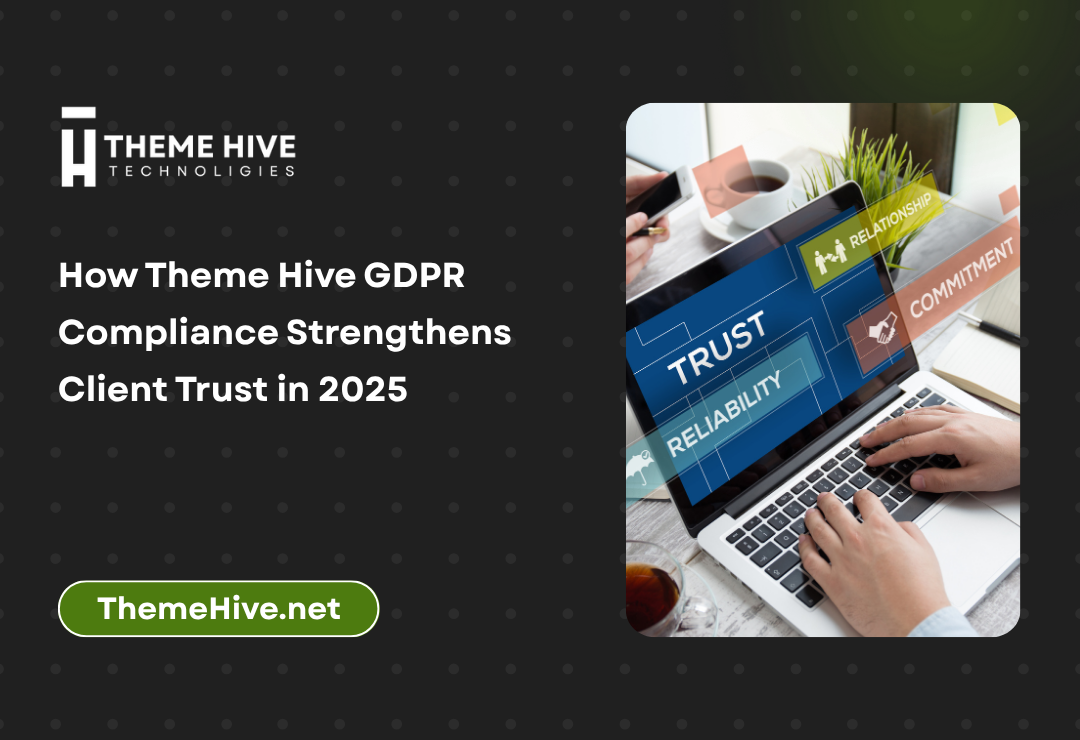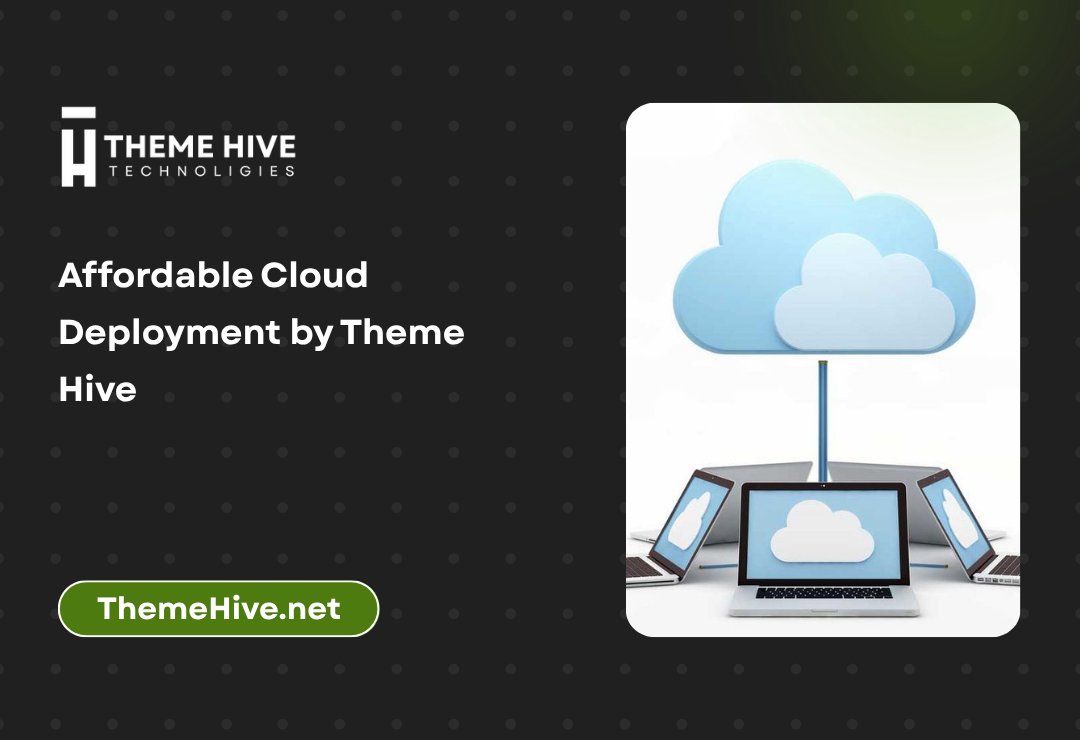In today’s fast-paced digital landscape, agencies must adapt swiftly to client needs and market changes. Scaling Agile for service-based agencies offers a pathway to enhanced flexibility, efficiency, and client satisfaction. This guide explores strategies, frameworks, and best practices for growing agencies that aim to scale Agile operations without compromising quality or culture.
Understanding Agile and Its Significance
What is Scale Agile?
Agile is a project management approach emphasizing iterative development, collaboration, and adaptability. It enables teams to deliver value incrementally, respond to feedback promptly, and foster continuous improvement. Scrum Alliance defines Agile as a mindset rather than a method.
Why Agile Matters for Agencies
- Enhanced Flexibility: Agile allows agencies to pivot quickly in response to client feedback and market shifts.
- Improved Collaboration: Cross-functional teams work cohesively, fostering innovation and efficiency.
- Faster Delivery: Iterative processes ensure quicker turnaround times, keeping clients engaged and satisfied.
- Client-Centric Results: Clients see progress regularly, enabling adjustments that reflect evolving needs.
Agile fits perfectly into the service offerings of modern digital firms like Theme Hive Services, where speed and quality go hand-in-hand.
Challenges in Scaling Agile
While Agile offers numerous benefits, scaling it across a growing agency presents specific challenges:
- Maintaining Consistency: Ensuring uniform Agile practices across multiple teams can be difficult.
- Resource Allocation: Balancing resources among various projects without overburdening teams.
- Cultural Shift: Transitioning from traditional methodologies to Agile requires a significant mindset change.
- Tool Integration: Choosing and implementing the right tools to support Agile across functions.
- Cross-Team Dependencies: Coordinating work between multiple Agile teams working on interconnected components.
For growing firms like About Theme Hive, understanding these roadblocks early ensures smoother implementation.
Frameworks for Scaling Agile
1. Scaled Agile Framework (SAFe)
SAFe combines Agile, Lean, and DevOps to help large teams stay aligned. It’s particularly useful when multiple teams contribute to a single product.
2. Large-Scale Scrum (LeSS)
LeSS extends Scrum principles to several teams working in parallel. It’s ideal for agencies with multiple delivery squads.
3. Disciplined Agile Delivery (DAD)
DAD is a hybrid framework integrating Scrum, Kanban, and Lean. It covers the full delivery lifecycle and helps in enterprise-wide adoption.
4. Spotify Model
A culture-first approach developed by Spotify to scale Agile through autonomous squads, tribes, chapters, and guilds.
5. Nexus Framework
Nexus is a lightweight extension of Scrum that manages 3–9 teams working on a single product backlog.
Strategies for Effective Agile Scaling
1. Assess Organizational Readiness
Before scaling, evaluate your current Agile maturity. Conduct Agile audits and identify improvement areas.
2. Define Clear Goals
Set measurable objectives such as delivery speed, customer satisfaction, and team velocity.
3. Invest in Agile Coaching
Certified Agile coaches help reinforce principles and guide transformation efforts.
4. Use the Right Tools
Adopt tools that support sprints, backlogs, and team communication. Examples: Trello, Jira, ClickUp, Monday.com.
5. Standardize Processes
Create a shared Agile playbook to ensure consistent implementation across all teams.
6. Empower Leadership
Train managers to support self-organizing teams and create an Agile-first culture.
7. Establish Communities of Practice
Encourage knowledge sharing via internal guilds or Agile centers of excellence.
8. Foster a Feedback Culture
Build regular feedback loops among developers, managers, and clients.
For agencies like Theme Hive Articles, sharing internal success stories and external case studies fosters collective learning.
How Agile Fits Service-Based Business Models
Service-based agencies depend on repeatable processes and client-specific outcomes. Agile supports both by:
- Allowing custom workflows for each client.
- Ensuring rapid adjustments to scope changes.
- Promoting transparency through daily stand-ups and sprint demos.
- Managing capacity through work-in-progress limits.
Agile practices can be embedded into services such as:
- Web Development
- SEO Campaigns
- Branding Projects
- Content Marketing
Explore how Theme Hive Homepage uses Agile principles in its digital solutions.
Real-World Example: Spotify’s Agile Evolution
Spotify’s model introduced the idea of Squads (Agile teams), Tribes (collections of squads), Chapters (expertise groups), and Guilds (interest groups). Their innovation: maintaining autonomy with alignment. More at Spotify Engineering Culture.
Tips for Small-to-Mid Agencies
- Start Small: Pilot Agile in 1–2 teams before scaling.
- Celebrate Wins: Highlight measurable successes to build momentum.
- Customize Frameworks: Don’t follow SAFe or LeSS blindly—adapt to your structure.
- Use Retrospectives Effectively: Constantly improve processes.
- Scale agile
Monitoring Agile Success
Track the following metrics:
- Team Velocity
- Sprint Burndown Charts
- Customer Satisfaction (CSAT)
- Employee Net Promoter Score (eNPS)
- Time to Market
Use tools like Agile Analytics or Google Data Studio for real-time dashboards.
Common Pitfalls and How to Avoid Them
1. Rigid Adherence to Process
Agile is a mindset—avoid dogma. Adapt as needed.
2. Overlapping Roles
Clarify responsibilities. Avoid having one person serve multiple conflicting roles.
3. Tool Overload
Too many tools fragment workflows. Choose integrated solutions.
4. Neglecting Culture
Culture drives Agile, not just ceremonies. Foster openness, trust, and learning.
Scale agile
Future-Proofing Your Agency
Scaling Agile isn’t a one-time project. It’s a continuous evolution.
Key Trends:
- Remote Agile: Asynchronous stand-ups, virtual sprint demos.
- AI-Driven Scrum: Using AI tools to suggest backlog priorities.
- Hybrid Frameworks: Combining Kanban for ops and Scrum for dev teams.
Stay updated through resources like Agile Alliance and Theme Hive News.
Internal Linking Hub
- Learn about our Services
- Meet the team About Us
- Explore more Articles
- Contact Theme Hive for custom Agile transformation solutions
- Outbound linking hub
- Learn more about SAFe
- Explore the Spotify Agile Model
- Discover insights at Agile Alliance
- Project collaboration with Atlassian Jira
- Knowledge sharing with Conflu
Final Thoughts
Growing agencies that want to stay competitive must embrace Agile at scale. Start small, customize frameworks, and focus on culture as much as process. Platforms like Theme Hive Contact can help implement Agile-centric services that drive client value.
Keyword used: Scaling Agile for service-based agencies
Want to explore how Agile can help your brand grow? Contact Theme Hive to get started.






